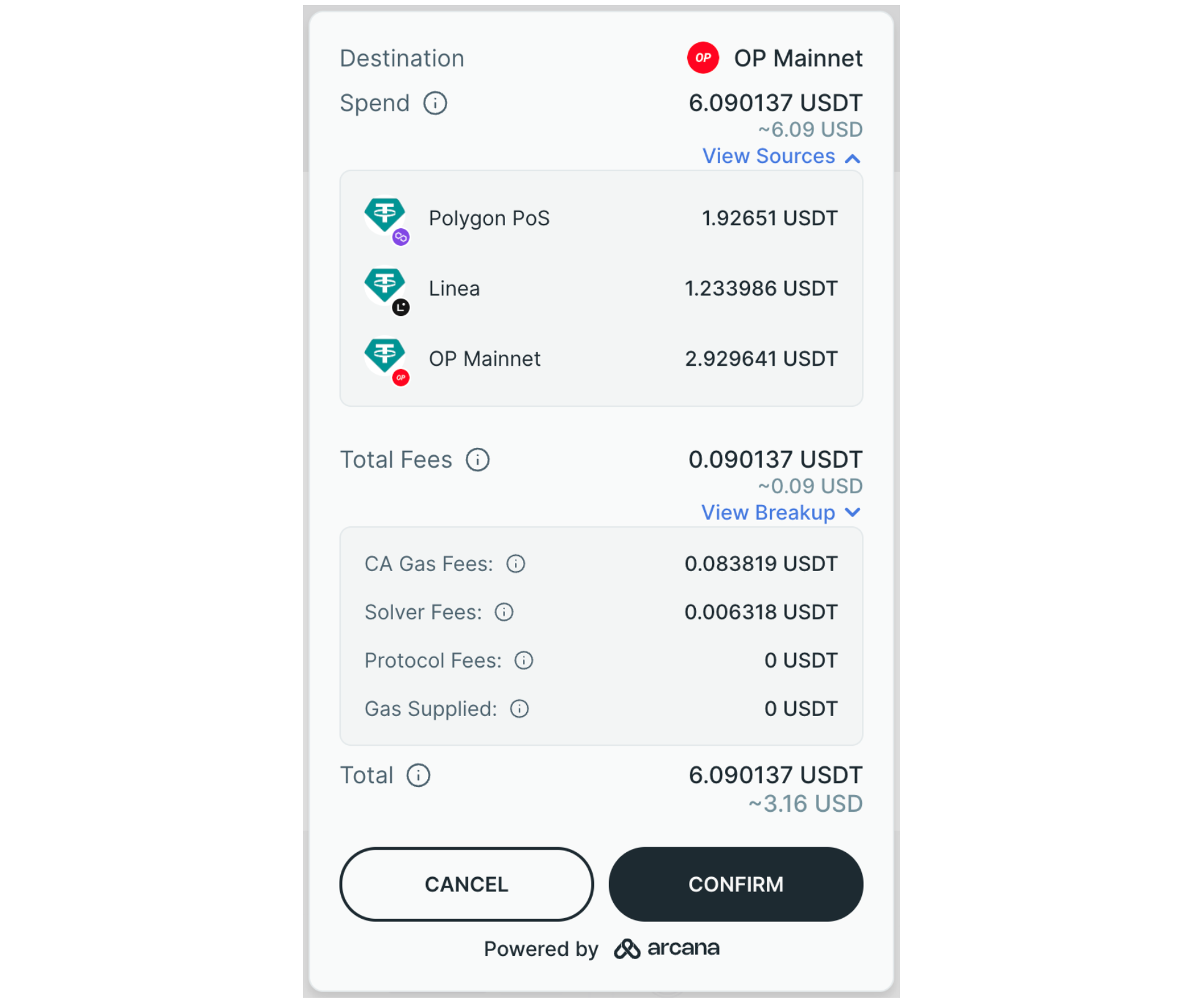How Chain Abstraction Increases User Retention
From wallet pop-ups to switching chains and bridging, multichain today breaks user trust and limits engagement. Chain Abstraction offers a fundamental shift in how users interact with blockchain

Everyone talks about onboarding the next billion users to Web3. But the real challenge isn’t just getting them through the door—it’s keeping them. In Web2, retention is increased by smooth UX, consistent performance, and low friction. In Web3 friction is often the default experience.
From wallet pop-ups to switching chains and bridging, the multichain environment has become a labyrinth of confusing workflows that break user trust and limit engagement. This is where Chain Abstraction (CA) comes in, offering a fundamental shift in how users interact with blockchain apps.
The Web3 UX Problem
Today, most Web3 apps expect users to:
- Manage multiple wallets
- Switch chains manually
- Bridge assets between networks
- Understand gas fees, transaction types, and more
Even seasoned crypto users get fatigued by this process. For new users, it’s a dealbreaker. A single failed transaction or confusing popup can be enough to send them away for good. This isn't a user problem. It's a UX problem baked into the infrastructure.
What Is Chain Abstraction?
Chain Abstraction is an infrastructure layer that hides the complexity of multichain interactions. It allows users to:
- Connect their existing wallets (e.g., MetaMask, Rabby)
- Spend a Unified Balance of their assets across EVM chains & non-EVM chains
- Avoid frictions like bridging, swapping or refuelling gas
- Interact with apps without needing to understand the underlying chains
- Get a consistent experience across different chains and apps.
Chain-abstracted apps manage the complexity behind the scenes, so users don’t have to.

Retention Starts Where Friction Ends
Every step in a user journey that adds extra steps and mental overhead reduces the likelihood of retention. Chain Abstraction eliminates clicks and major points of friction, including:
- Manual bridging
- Chain switching
- Juggling between multiple wallets
- Refuelling gas tokens across different L1s and L2s
When users can onboard and transact, without leaving the app and have to think about the underlying infrastructure, they’re significantly more likely to stay.
According to UX research across Web3 projects:
- Over 70% of first-time wallet users drop off after their first attempt to use a dApp involving cross-chain action.
- A large percentage of support queries in dApps stem from confusion around wallets, gas, and chains.
Even Ethereum co-founder Vitalik Buterin has cited "cross-chain UX" as one of the major hurdles to blockchain adoption. Chain Abstraction directly addresses these barriers by creating a seamless experience.
From Fragmentation to Flow
Each dApp tends to live on a specific chain with its own tokens, UX quirks, and onboarding hurdles. This leads to siloed ecosystems that don’t communicate well with each other.
Chain Abstraction makes the underlying network invisible. Users no longer need to know if they’re interacting with Arbitrum, Polygon, or Base, resulting in a unified, chain-agnostic experience.
Apps can go multichain without actually building multichain. With Chain Abstraction, they can tap into users and liquidity from other ecosystems instantly without deploying on multiple chains or managing fragmented infra.
- Users trust that things "just work"
- Apps feel familiar regardless of the chain
- Onboarding new users becomes dramatically easier
Arcana’s Chain Abstraction Protocol
Arcana Network has developed a powerful Chain Abstraction Protocol delivered through its developer-friendly SDK and Wallet—built to make Web3 apps multichain-ready by default.
Key features:
- Easy Onboarding: Import your existing EOA Wallet address (e.g. Metamask, Rabby) or create a new one
- Unified Balance: A single aggregated balance of your tokens across multiple chains
- No More Bridging: Spend your assets across chains, without going to a bridge, directly from the wallet. Visit our website for the latest list of apps and chains we support.
- Instant Transactions: Spending assets from multiple chains is near instant. Transactions execute in 1-click, in under 20 seconds.
- Pay Gas on Any Chain: Pay gas fees in USDT/USDC. No more hassle of holding native gas tokens for every chain.
- Rewards: Earn XP for every cross-chain transaction and get rewarded for reaching milestones.
Arcana’s protocol allows developers to build once and go multichain, unlocking liquidity and users across ecosystems—without deploying on every chain or managing fragmented infrastructure.
Conclusion
Retention isn’t just a growth metric, it’s the foundation for long-term success. If your app can’t retain users, scaling becomes impossible. And in a multichain world, every new network adds friction that pushes users away. Chain Abstraction changes this dynamic by removing the complexity at the protocol level, turning fragmented, high-friction experiences into one seamless, intuitive flow. It’s not a nice to have, it’s the infrastructure layer that makes retention possible, and with it, the future of scalable Web3 applications.

